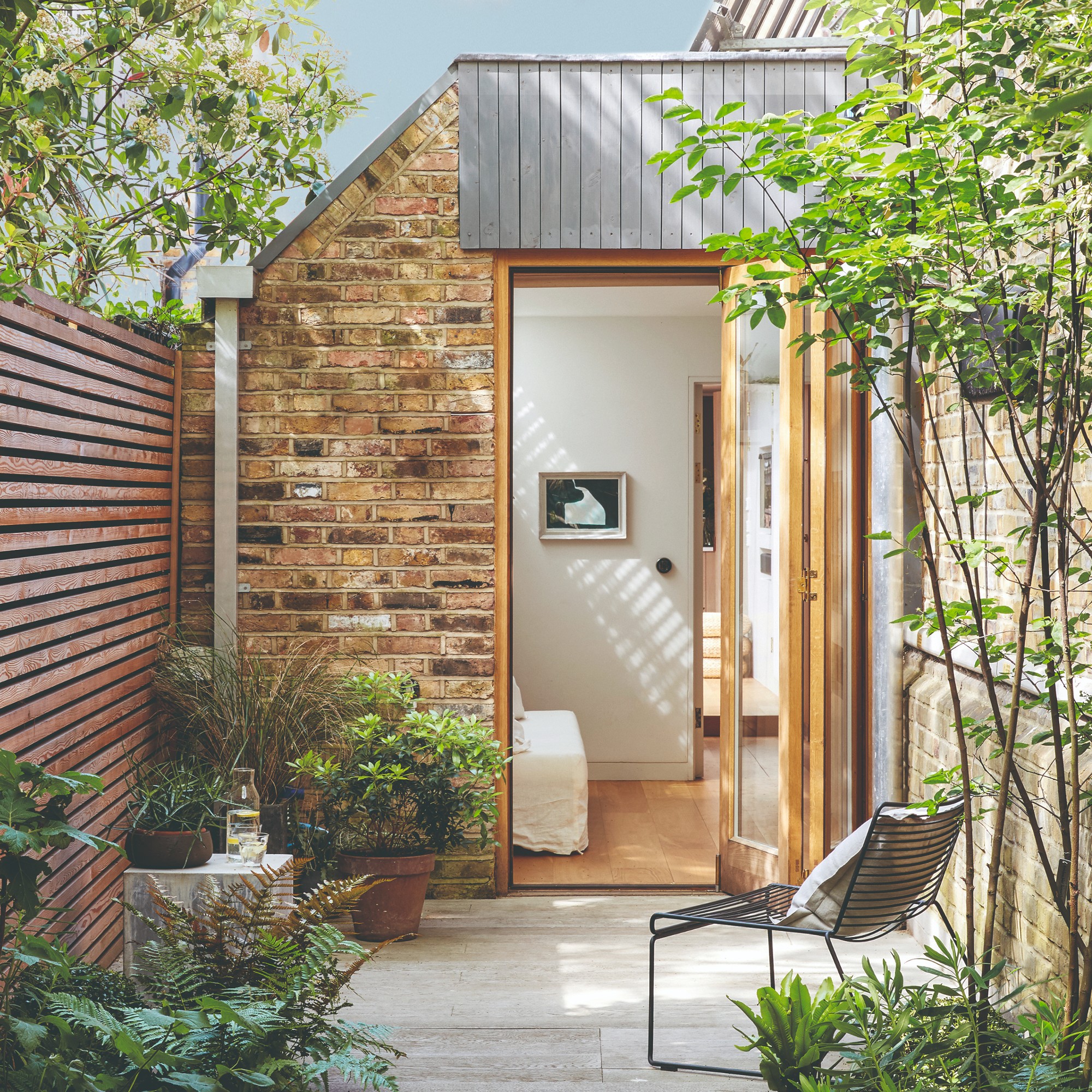
Single storey extensions are amongst the most popular of ways to add extra space and value to a house – and it really isn't hard to see why. Unlike two-storey extensions, single storey designs often won't require planning permission, plus they can totally transform an existing layout, allowing you to use your home in ways you hadn't perhaps previously considered, as well as enhancing the external appearance of your property.
Here, we take you through everything that is involved with building an extension like this, from how much to budget, to the ways in which professional designers can help develop your extension ideas.
'If you are tired of the existing aesthetics, or want to introduce something more purposeful, this type of extension can be transformative,' explains architect Jason Laity, director at Unity Architects.
Is a single storey extension worth it?
Before commencing any kind of home improvement project, be that a kitchen extension or a loft conversion, you need to be sure that all the effort, cost and disruption to day-to-day life is going to be worth it in the end.
In order to be sure that a single storey extension is right for your needs and your home, it is important that you fully understand all the pros and cons associated with this type of addition.
Pros of single storey extensions
- They don't always require planning permission
- They can transform the appearance of your existing home. 'A single-storey extension may present an opportunity to establish a new architectural language for your building,' explains Jason Laity.
- They are a great way to bring more natural light into your existing interiors.
- They will add extra space.
- Quicker and cheaper than two-storey extensions.
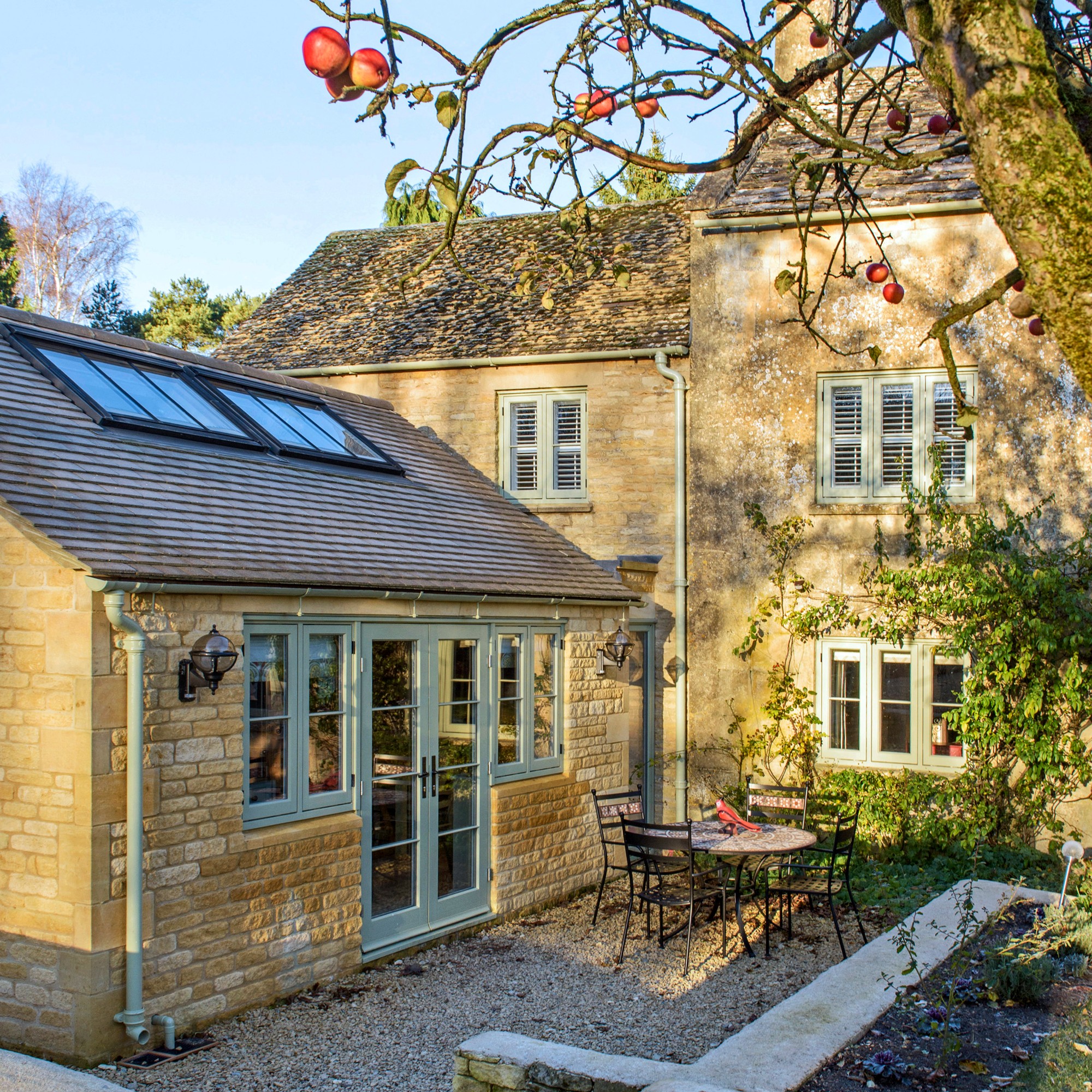
Cons of single storey extensions
- They won't always fall under permitted development.
- They can negatively affect an existing home if badly designed. 'It could result in a loss of natural light into the existing house,' warns architect Graham Ford of Graham Ford Architects. 'One way to get around this is to create a courtyard that allows light and ventilation into the existing rooms.'
- If not well-designed, they can look out of proportion in comparison to the existing house.
- Less cost-effective per square metre than a two storey addition. 'Numerous external surfaces (elevations and roof) all point towards a large surface area which will need insulating and cladding,' explains Jason Laity. 'Not least, the cost of foundations will be associated with a single-storey, when they are likely to be able to support additional stories without significant variation in price.'
Do I need planning permission for a single storey extension?
One of the biggest headaches for any homeowner hoping to make changes to their property has to be planning permission – but the good news when it comes to single storey extensions is that they very often won't require you to go through the process. This tends to be the same as when looking into whether you need planning permission for a loft conversion too.
'The rule of thumb is that if your proposal is not in accordance with 'permitted development rights for householders' then you will require planning permission,' explains Jason Laity. 'The permitted development technical guidance document is 50-pages in length. Your architect should be able to advise whether you would benefit from making a planning application or whether to proceed via permitted development.'

'Permitted development rights are granted by Parliament and entitle you to build without needing to apply for planning permission,' picks up Graham Ford. 'If you are in a Conservation Area these rights may have been removed – you need to check.
'If you own the entire house and it is semi-detached you can build no deeper than 3m from the original house – 4m if it is detached,' continues Graham. 'You cannot extend the width by more than 50% of the width of the existing house.
'Always check the planning portal or with your local council or architect so all restrictions are considered,' advises Graham.
If your extension doesn't fall within permitted development rights you will need to apply for planning permission. If you have chosen to use an architect or house design professional, they will often be able to submit plans on your behalf.
What other permissions do you need before you start?
Even if your extension doesn't require a planning permission application, you will still need to adhere to the building regulations – this applies to both small kitchen extension ideas as well as those larger in scale.
You are required to submit a Full Plans application for the proposed work to the building control department of your local authority. Your architect, builder or project manager (if you are using one) should be able to do this on your behalf. If you are using contractors who are building control certified they can sometimes carry out work without the need to contact building control.
In addition to building regulations approval, if your house is terraced or semi-detached, you might need a Party Wall Agreement if your extension involves a wall that is shared with your neighbour. These are designed to ensure no damage is caused to your immediate neighbour's property and can help prevent any disputes.
Ideally you want to talk to your affected neighbour about what you are planning to do, before issuing them with formal Party Wall Notice – you can download samples of these online from Right Survey.
How much does a single storey extension cost?
Understanding single storey extension costs before getting started is absolutely vital if you don't want to exhaust your savings before the work is complete.
While it is impossible to give an exact figure on what your individual project is going to end up costing you, there are some useful figures to bear in mind.
'In London you should allow £3,000/m2 for your extension if it is a flat site,' advises Graham Ford. 'Costs of construction will be less in other areas of the country, so check with your architect.'
Most experts agree that, outside of London, you should budget between £1,500-£2,500/m² (excluding VAT) for a single storey extension. The lower figure could be expected by those building a pretty standard, straightforward structure, while the top figure is reflective of very high standard, extensions or those on difficult sites – and could, realistically. cost significantly more than this.
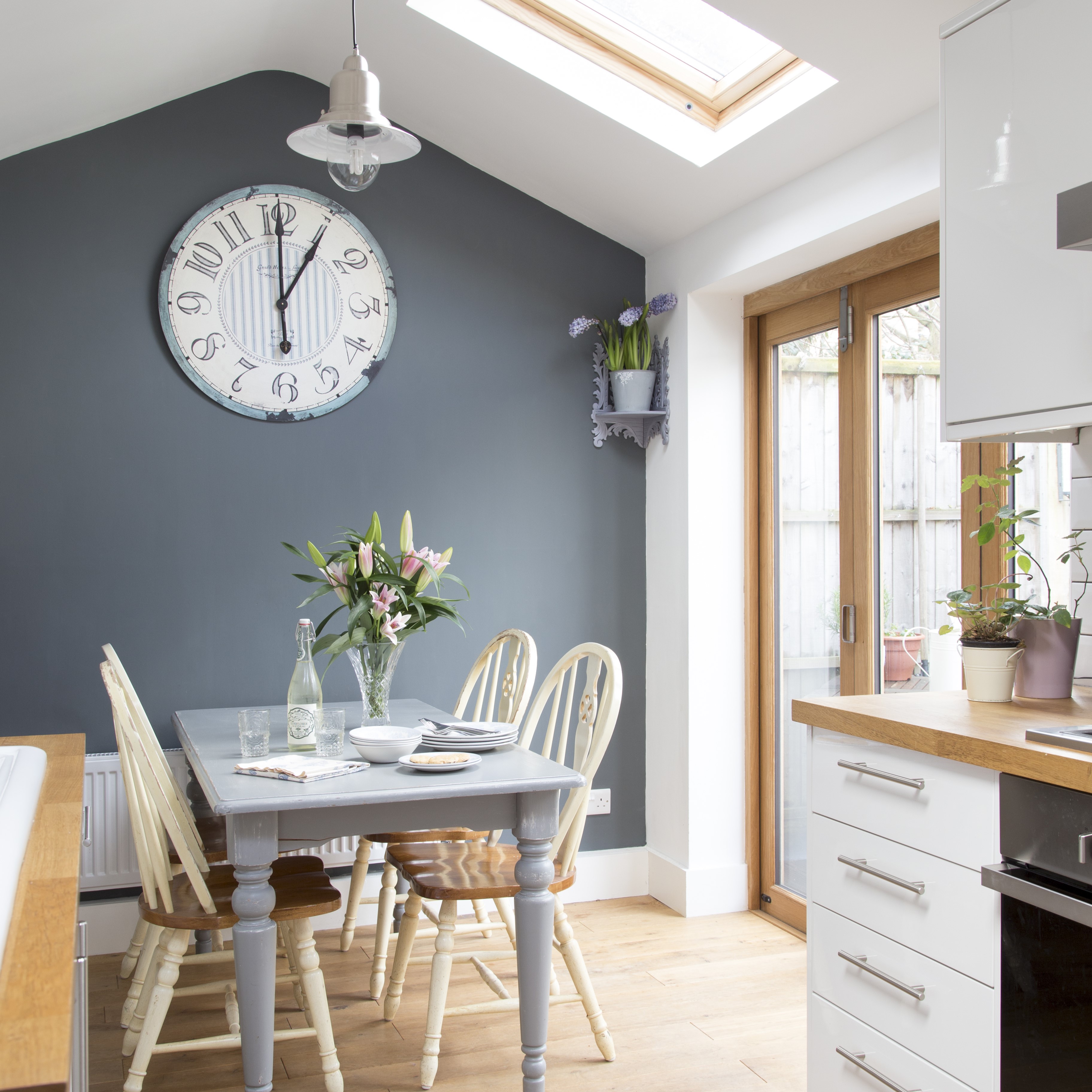
There are also some hidden costs to be aware of – for example when it comes to kitchen extension costs, you need to factor in plumbing, units and so on.
'You need to always allow money for engineers, architects and party wall surveyors,' points out Graham Ford. 'Their fees are not included in the square metre rate.
'You also need to allow a sum of money for interior fixtures and fittings such as special paint finishes, blinds, curtains, kitchens and so on,' continues Graham. 'The best advice is to do research on all these items well before you start your project.'
Do I need an architect for a single storey extension?
Whether you should use an architect for your single storey extension comes down to personal preference, your budget and the type of extension you are building. While small, simple additions could well be designed by a homeowner or builder with experience of this kind of project, most people will benefit from some kind of professional architectural input.
Obviously hiring an architect is going to push costs up, but if you take the view of the extension being a way to boost the value of your home, it could also mean that your extension ends up adding more value in the long-run.
'You don’t need an architect for a single-storey extension,' begins Jason Laity. 'But should you appoint an architect? Yes,' continues Jason. 'An architect is trained to exceed a client’s expectations across all types of development. Appointing an architect for your single storey extension is likely to yield the best results.'
Graham Ford goes on to explain the other ways an architect can help. 'It is always best to have a set of drawings that incorporate what you need in you new extension,' advises Graham. 'You don’t want to build it and find the rooms in the front of the house have no light as it is blocked by the extension. You also need to drawings to comply with planning and then building regulations.'
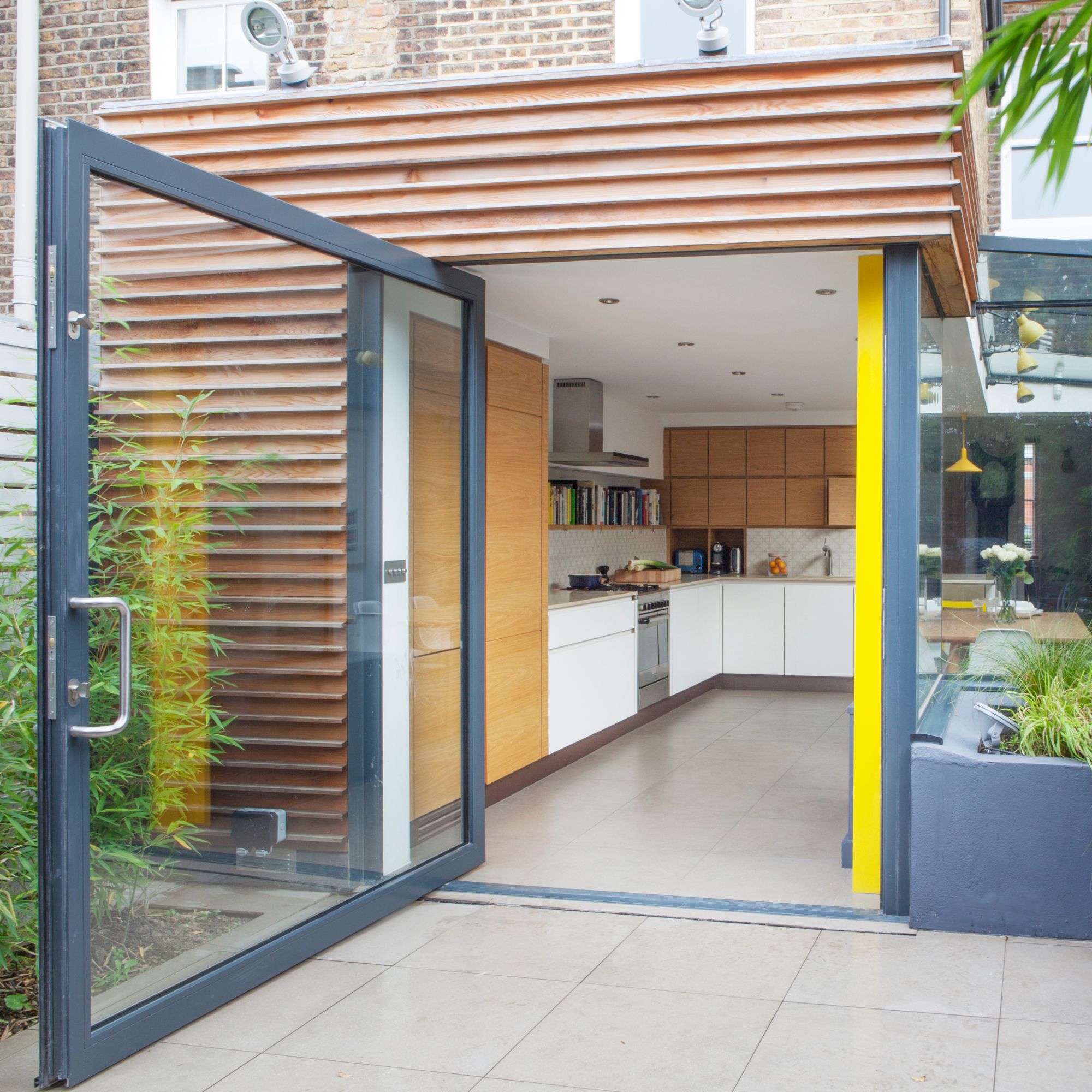
In addition to thinking about whether or not you are going to employ an architect for your extension, you will also need to take into consideration who is going to project manage.
Many homeowners choose to take on the role of project manager themselves. This means they are in charge of developing a schedule of works, budgeting, paying contractors on time, ordering materials as and when required and co-ordinating trades. Bear in mind that this all takes considerable time and effort and it can be hard to juggle while also holding down a job and running a household.
In some cases, project management will be undertaken by your architect. If you are hiring a building firm to act as main contractor (as opposed to hiring in individual trades) they may also act as project managers.
FAQs
How long does it take to build a single storey extension?
Just as with loft conversion ideas, this will very much depend on the size and type of extension you are building, as well as how much of a DIY input you plan on having.
'A period of 3-6 months should be sufficient to complete this type of building work,' advises Jason Laity. 'However, no project is the same and there are many influencing factors when it comes to timescales.
'Factors such as scale, complexity, integration with the host building, structural work, timely availability of materials, procurement of specialist items and whether you wish to remain living on-site during the construction process will all have an effect,' explains Jason.
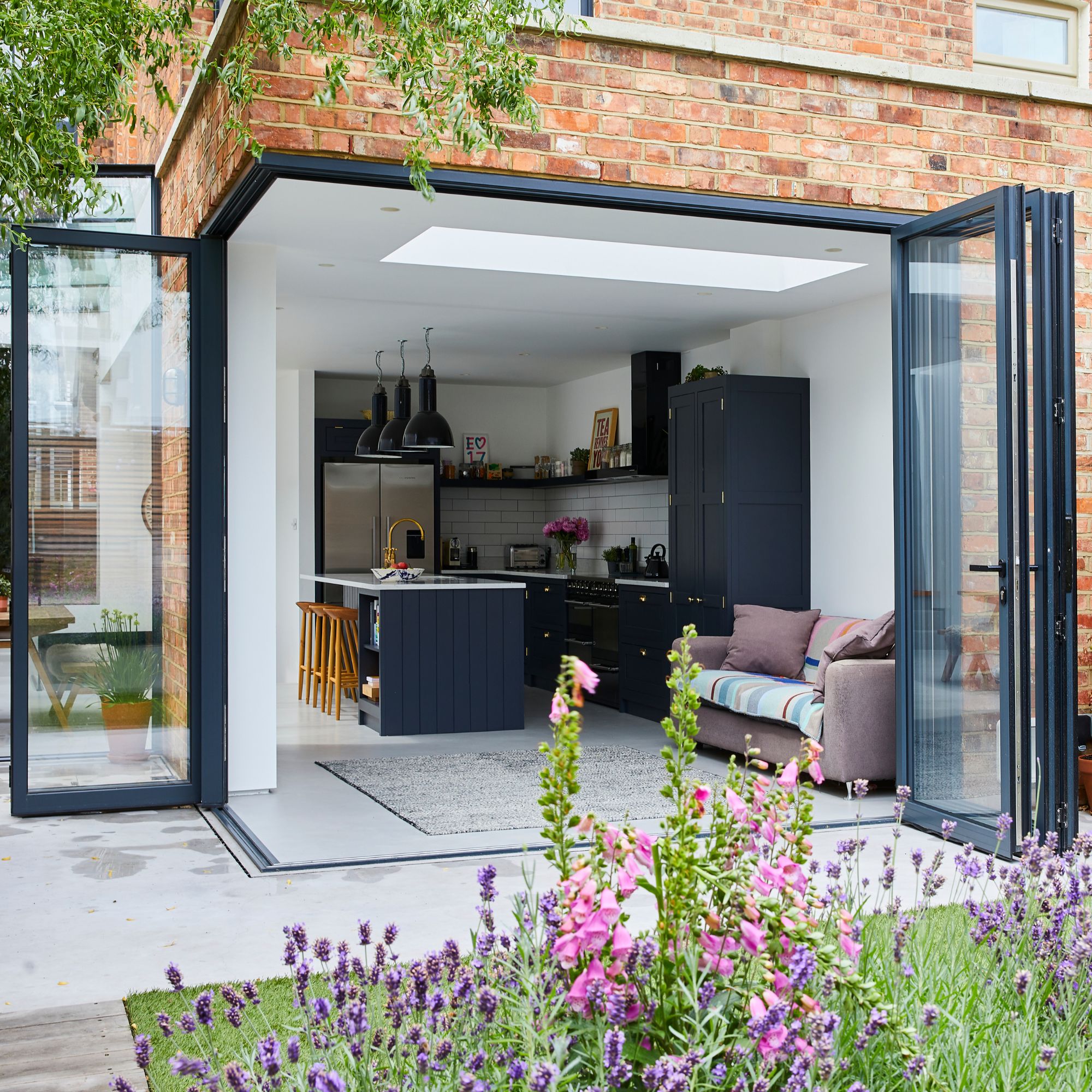
Can you live on site while building a single storey extension?
From a financial perspective, most homeowners will be keen to remain living in their home while the single storey extension is under construction. However, it is important to recognise that there will be periods of time when the disruption can be a little overwhelming.
'You may be able to live in the house, but you will need to have a robust separation from the building works, especially if you have children,' says Graham Ford. 'You may also need a temporary kitchen installed.'
'Where do living quarters end and a construction site begin?' asks Jason Laity. 'If the construction region can be suitably isolated from the remainder of a dwelling, then it may be possible to remain living on site. This can present cost savings as you won’t need to find accommodation elsewhere. However, the experience of living in and around your own construction project is not for everyone.
'Noise, vibration and dust could be constants for months,' continues Jason. 'Returning to the debate of finances, a contractor may charge more if they need to work around you, as this might involve more complex construction operations, health and safety measures and more time spent on site to get the job done whilst working around a household.'
That said, many homeowners do continues to live in their homes while extending. Be prepared for periods where you will be surrounded by mess and dust, plus expect lots of mud externally. If you are dealing with kitchen extension ideas, you could be without cooking facilities for a while – arm yourself with a good stock of takeaway menus and a microwave.
We've listed some on-site living essentials below.
The novelty of ordering takeaways for dinner can soon wear off, which is where a combination microwave can really save the day. This offering works as not only a microwave but also as an air fryer, grill, baking oven and can take a 4lb whole chicken or 10-inch pizza.
There are all kinds of things that take place on building sites that cause damp, excess moisture and condensation – plastering, painting, open windows and so on. This dehumidifier can extract up to 20 litres of moisture per day, can be set on a timer and can also help dry laundry.
A portable hob is unbelievably useful when living on site. Not only will it help if you are without a kitchen for a period of time, but it can also easily be moved around as work gets underway. This one is easy to use and simple to clean – also handy when cooking for a crowd.
What kind of foundations do you need for a single storey extension?
Just as for those interested in small conservatory ideas, the correct foundations are key to the success of any kind of structure, but what kind of base is required for a single storey extension?
'Foundation design will depend on contextual factors, such as soil types, proximity to other buildings, adjacent basements and the complexity of the single-storey extension above ground,' explains Jason Laity. 'We have designed cantilevered walls and roofs in the past, which require specifically designed foundations beneath ground level.
'A structural engineer will be able to guide you when it comes to the sizing, design and depth of foundations for a project.'







